Being a parent means you’re a protector, caretaker, and teacher. You want your children to grow up to be independent and intelligent, and you feel a responsibility to help your kids get there. You know your child better than anyone, so when you start to see warning signs, you might become nervous about their health. Here are a few ways to recognize when your child is at risk and what you can do to help them.
Change In Mood
If your child is engaging in dangerous behaviors, you will most likely notice a change in their mood. They might start to become more depressed or begin to isolate themselves while they are at home. They might say that they just don’t feel like doing anything and tell you they don’t want to do the sport they previously loved. If you notice any changes in mood, it might be a sign that your child is using drugs. 38 percent of high schoolers have used marijuana and typically, you can see the effects. Your child might be unable to focus or have difficulty learning at school.
If you suspect your child is smoking marijuana, you can confront them about their choices. Let them know that you’re there to help and want what’s best for them. If they have been purchasing marijuana from a store, you can consult a marijuana business attorney in California to see if that’s legal. Such specialists can also help you understand the legal process if caught with marijuana in another state where its use may not be legal. If your child can accept help, you can check them into rehab for their addiction. Whatever you decide to do, talk with a professional therapist or addiction specialist to determine the best next steps for your child.
Change in friends
If you notice a change in your child’s friends, that could be a result of an increase in poor decisions. You should always be aware of who your kid is friends with, as these are the people who will influence their choices. When your child succumbs to peer pressure and begins to make poor choices, they will most likely find a new group of friends who will encourage these reckless decisions. Talk with your child’s friends’ parents and see if they notice any risky behaviors.
Peer pressure has a huge influence on teenagers, both good and bad. If your teenager’s new friends are influencing them to do drugs or drink alcohol, they are experiencing negative peer pressure. But positive peer influence is an important factor in recovery. Residential programs for at risk youth offer teenagers the support of their peers as they fight against their addictions. If your kid’s friends have changed and you believe they are suffering from a substance use disorder, talk with them about a residential program. There, they will benefit from the support of other like-minded youth as well as professionals.
Increased risk behaviors
A huge warning sign for any parent is an increase in risk behaviors. Risk behaviors include drug and alcohol use, engaging in unsafe sex, self-harming behaviors, and unsafe driving. If you notice an increase in risk behaviors, you can assume something is going on with your child. They might be influenced by peers to engage in more drug or alcohol use. It might be the depression that’s leading to self-harm. Your teen might be self-medicating with marijuana in an attempt to lessen the anxiety.
Talk with your teenager about risk behaviors and try to get to the root of the problem. If you don’t feel confident about engaging in this discussion, set your child up with a specialist. A therapist or psychologist can determine your child’s risk and what the next steps should be. Your most important job is to notice the warning signs and help them get the help they need.
Recognizing when your child is at risk is crucial for ensuring your teen’s health and safety. Know your child’s typical behaviors, know their friends, and know their moods. When you see any significant change, consult a professional and get your teen the help they need.






